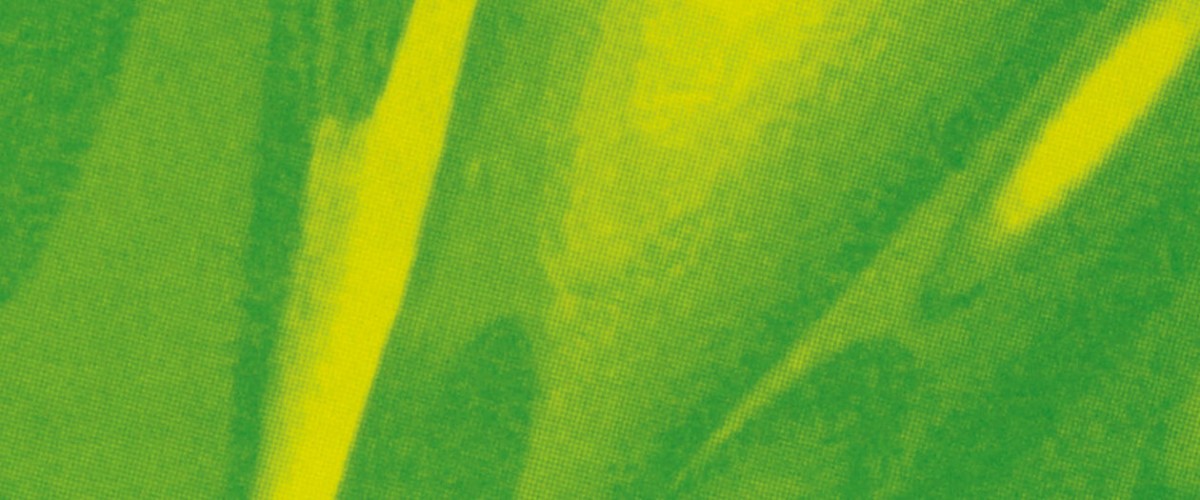
With Freaks, the first recognisably “Pulpy” elements were tentatively put in place. But you have to look carefully to notice them.
Separations sees the band well and truly on their way to pop superstardom. It is the bridge between old Pulp and new Pulp, straddling the art-rock of Freaks and the indie-dance of His ’n’ Hers.
It literally is an album of two halves. The first five tracks are basically a polished evolution of Pulp’s previous music. But the second half of the album is a full-on acid house inspired project.
Separations is also the Pulp album that has dated the most badly. Sadly, electronic music tends to date quickly. It can’t have helped that Pulp probably had quite a limited budget for keyboards. It probably sounded great at the time, but it all sounds rather toytown now.
In this respect, Separations was to be doomed. Recorded in 1989, the album was subject to multiple delays. By the time the record label finally released it, Pulp had moved on and the music was already out of date.
Despite the music having aged so much, Separations is paradoxically also the album that was least in need of remastering out of the three Fire albums. Separations was recorded in the Fon studios, where most of Sheffield’s most exciting music was being made at the time. So the quality of the recording is so much better than the rushed Freaks.
A difficult album to love
For all these reasons, it took me a long time to begin to appreciate Separations. It’s neither one nor the other. Parts of the album are on the verge of greatness. Other parts make me cringe. (Was that really the best take of Russell Senior’s violin solo in the title track?)
It was a huge leap forward from Freaks. But at least Freaks was aiming low. It was designed to be a difficult album.
Separations consciously aimed to put Pulp into orbit. It fell short.
But the moments of greatness make up for the weak points. Most of the album’s real highlights come in that acid house side. It provides the blueprint for what would make Pulp famous.
Take My Legendary Girlfriend. This was the first Pulp song to get some serious attention, and it’s easy to see why.
A steamy soliloquy, a slow build, the tension rising, that riff — and then the explosion of the chorus. It gets better. The process repeats, this time with added wah-wah. It really ought to have been a hit.
Pulp hadn’t quite arrived. But they were definitely arriving. The Countdown was almost over.
Separations ends on This House is Condemned, the most extreme track on the album. It’s easy to see that Pulp were in the same environment that fostered the creation of Warp Records, which was releasing some of the most forward-looking electronic music of the time. Indeed, by the time Separations was released by Fire, Pulp were also releasing their new singles with Gift Records, an offshoot of Warp.
The 2012 remaster
As I touched on earlier, Separations was probably the album least in need of a remaster. I have to be honest and say I can’t tell much of a difference. A few sounds here and there sound a bit punchier.
Oddly, the left and right channels appear to have been swapped. Why this should be, I can’t explain.
The bonus tracks are what makes this purchase worth it. Pulp were really beginning to hit their stride. And because of the various difficulties with record labels that dogged the band at the time, some of them never got released.
Notable is Death Comes to Town and Death Goes to the Disco (the latter being a remixed version of the former). This is arguably better than the majority of the tracks on Separations, so it is good to see it finally released as part of the collection.
Another joy is the inclusion of the extended version of Countdown. This was the album’s other single, and is also a belter.
After first buying Separations, it was many years before I had even heard the single version. Compared to the album version, it ups the tempo and adds a lot more punch. The album version is strangely plodding. This extended version is a lengthier version of the single. You can’t complain about that.
The fourth bonus track is a remix of This House is Condemned by Parrot and Winston. Some (including, allegedly, Pulp themselves) might say that it is almost unlistenable. I’m into my experimental electronic music, so it doesn’t seem so bad to me.
Confusingly, this reissue incorrectly labels the track as Is This House? There is indeed another remix with that title, also by Parrot and Winston. But it has been left off this reissue entirely.
Also notable by its absence is Rattlesnake, although this is the most Freaks-like song of the period.
Despite my difficulties getting into Separations in the past, over time I have come to appreciate the music, and the role it had in the development of Pulp’s sound. These three albums reissued by Fire represent the least well known of Pulp’s music, but also some of the most interesting.


Leave a Reply